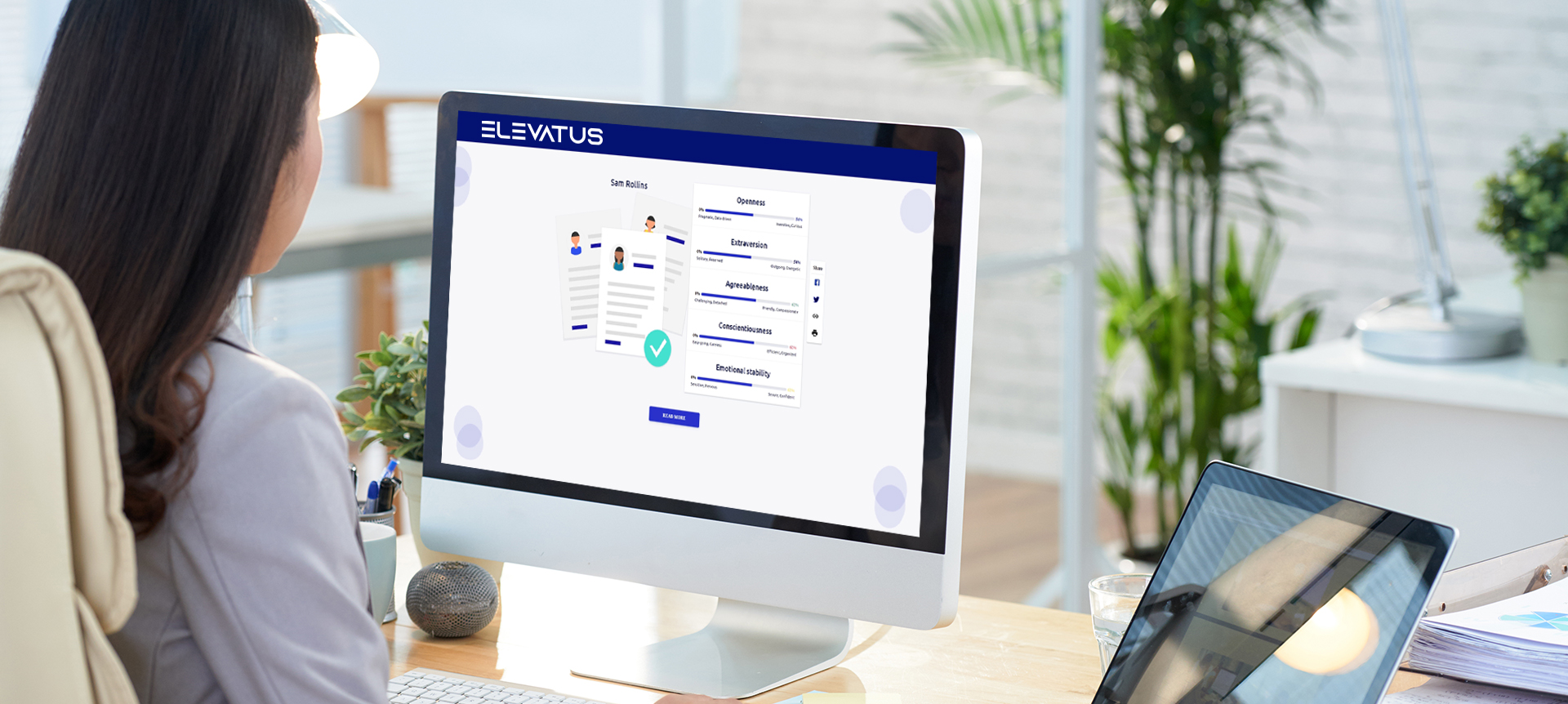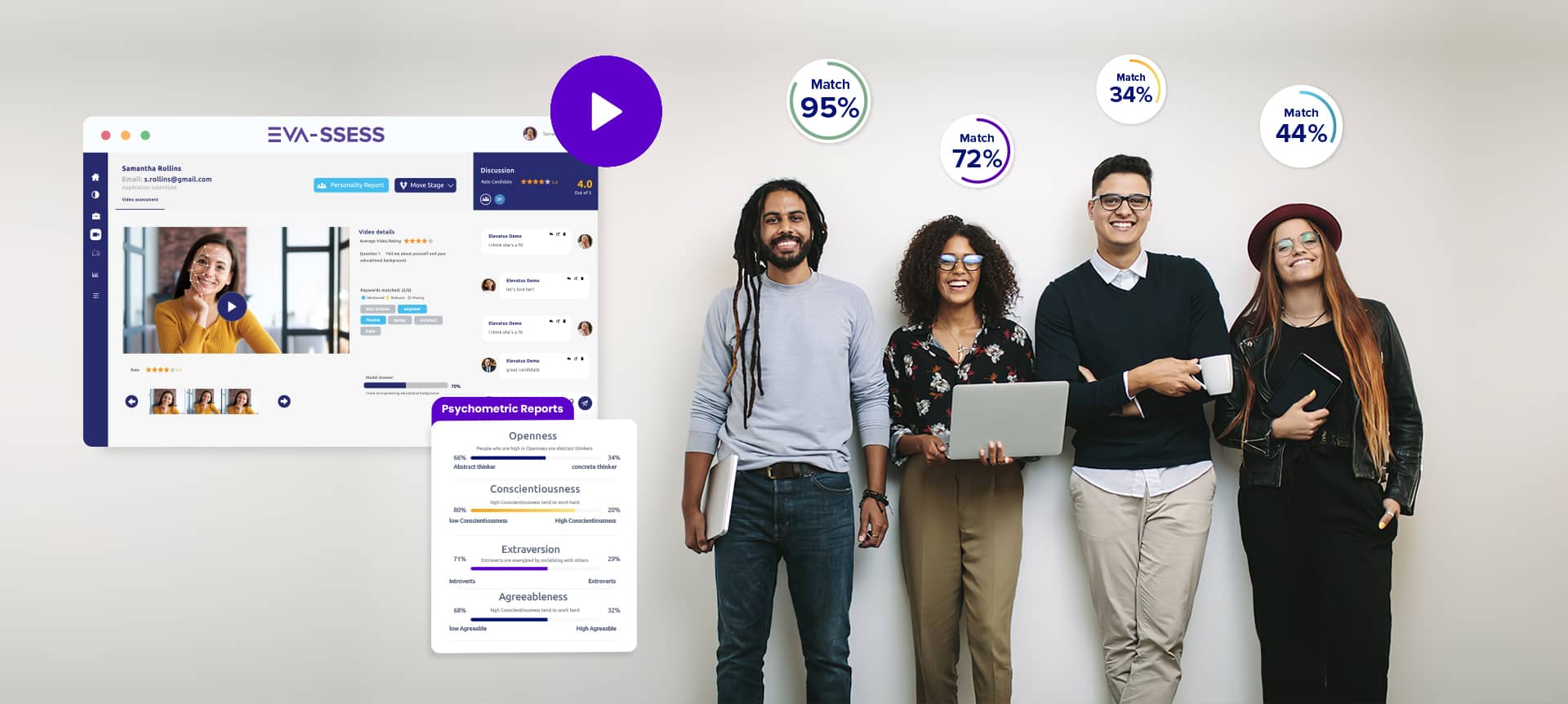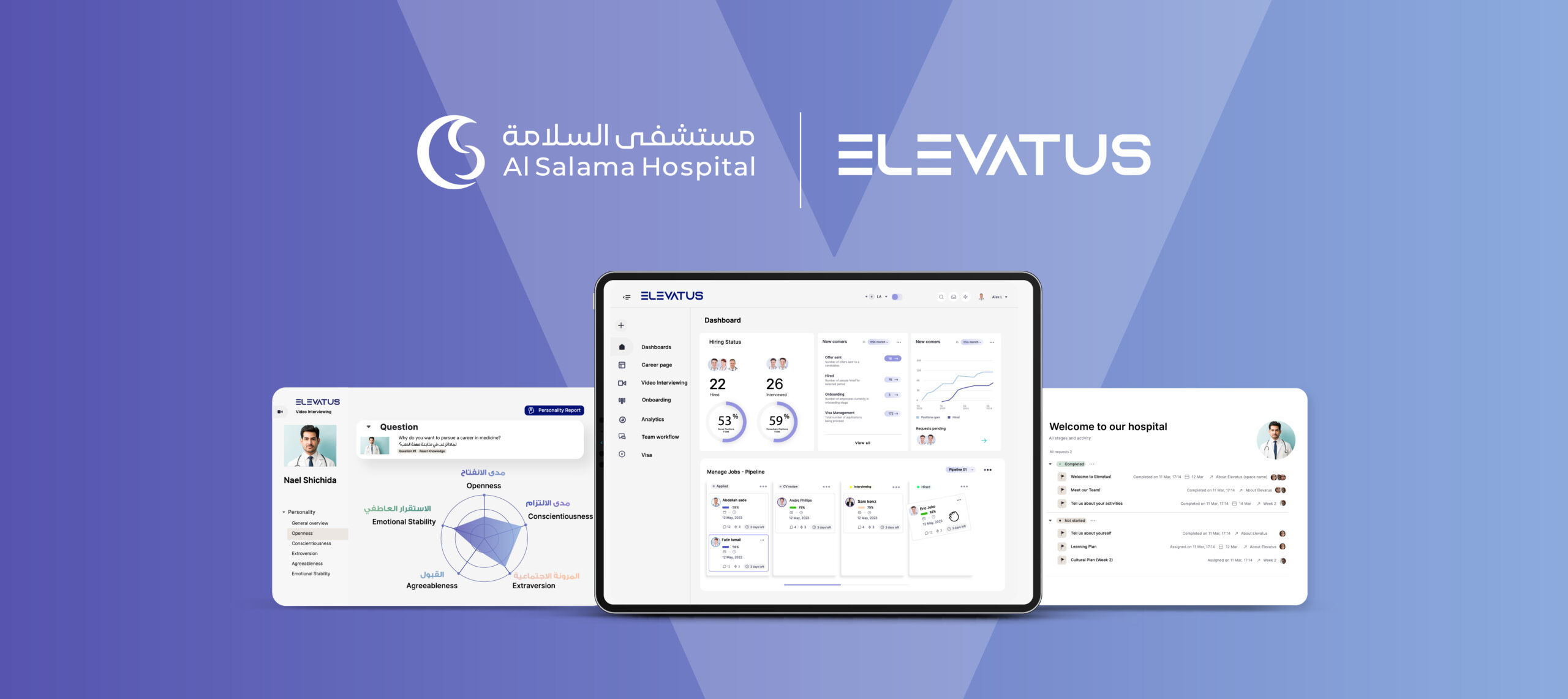
Video Interviewing Software
Using A Video Interviewing Software vs In-Person Interviews: 5 Incredible Practices You Can Follow For The Best Results
June 10, 2022



Tima Rassool
Content Writer
Employers have had to pivot their practices to make it easier and faster to hire by incorporating technology like video interviewing software.
Not only to satisfy their pressing hiring needs but also to help candidates get back to paychecks as quickly as possible.
Since remote hiring relies heavily on technology, some employers are trying to manage a hybrid application process.
This hybrid approach extends to interviews. Depending on tech capabilities, recruiters may use videos to interview candidates, while others may prefer or only have the capability to conduct in-person interviews.
When presented with the option of either/or, which option tends to be the more successful technique to recruit top talent?
Below, we cover the pros and cons of both in-person interviews and using video interviewing software. We’ll also recommend best practices for each, to help you establish the most effective high volume hiring strategy.
In-person Interviews


In the past, hiring hourly workers usually began with a paper application. Then, it would be followed by in-person events like interviews, site tours, and onboarding – compared to using video interviewing software. But the convention has had to step aside in favour of speed, ease, and accessibility, especially for high-volume hiring.
However, not all companies and HR teams are equipped with the technology to replace manual processes. Some may still find merit in the old-fashioned in-person interview. For this camp, the pros and cons are as follows:
Pro No. 1: Organic conversation
Video interviews are often built upon a series of questions for which the candidate has time to prepare answers. But during in-person interviews, recruiters can ask questions off the cuff, which tests the candidate’s ability to think on their feet and allows for more natural conversation.
Pro No. 2: Human connection
Recruiters who are filling roles like customer service reps or retail team members might find in-person interviews to be more informative. Interviewers can get a sense of how the candidate would interact with customers by setting up example scenarios and asking the candidate how they would handle the situation. Body language, voice, and energy also can be analyzed when meeting in person, offering the recruiter insight into the candidate’s approachability and personability when compared to video interviewing software.
Con No. 1: Scheduling issues
Finding the time to set up an in-person interview can be one of its main hindrances. Calendars must be clear, and the meeting must take place at a location that’s convenient for both the interviewer and the candidate.
Con No. 2: Accessibility
In-person interviews require the candidate to have the means to travel to the chosen site. If this isn’t possible, scheduling an interview will be considerably more difficult and time-consuming.
Video Interviews With The Help Of Video Interviewing Software


Video interviewing software comes with a host of benefits, like convenience, lower costs, and less pressure to perform for both the interviewer and the candidate. But they also present a few disadvantages, such as lack of access to technology. Below, we list a few pros and cons of using video interviews to hire hourly workers.
Pro No. 1: Candidate and recruiter flexibility
Allowing candidates to record a video of themselves answering pre-determined questions is the most convenient way to replicate an in-person interview. Recruiters can set up an automatic scheduling function via their applicant tracking system and candidates can choose the time that best fits their schedule. Alternatively, recruiters can send instructions to candidates on how to record a video interview and submit it online, as well as a series of questions the candidate must answer on camera.
Pro No. 2: Faster time to hire
The more conveniently a candidate can record themselves answering interview questions and submitting video files electronically, the faster recruiters can evaluate the responses, narrow the field, and hire new workers. Using video interviewing software removes the need for multiple schedules to align cuts time drastically and helps recruiters fill roles faster.
Pro No. 3: Screening remote candidates
If you’re hiring a remote worker, then video interviews are the perfect medium for candidates to unleash their full abilities. First of all, they need to be able to communicate effectively and respond in a timely manner, as well as possess enough technical skills in order to facilitate the production process. Also, every potential employee can demonstrate their knowledge and skills right there on the spot, which allows the recruiters to narrow down their selection.
Con No. 1: Lack of authenticity
Providing candidates with questions to review before they click “Record” gives them time to prepare the answers they think recruiters want to hear. When it comes to authenticity, in-person interviews take the lead here.
Con No. 2: Accessibility issues
Video interviews require technology and knowledge of how to use this technology, but your ideal candidate may not have the wherewithal to complete this step. In this case, in-person interviews win against video interviewing software.
Interview Best Practices For Recruiters


Taking the above into consideration, there are clear benefits and drawbacks to both styles of interviewing. A meet-in-the-middle approach might involve live video interviews that allow for real-time recruiter questions and candidate responses.
Depending on your resources, your chosen method may include all two interview styles, or you may find yourself alternating and using each one for different reasons.
Keeping It Short
Your choice will depend on the candidates you hope to attract and the resources they’re likely to have at their disposal. After all, accommodating your future workers’ needs before, during, and after they’re hired will help you build a strong, long-lasting workforce.
EVA-SSESS is the perfectly scalable video interviewing software for businesses of all sizes and shapes. It transforms the hiring and assessment process with inclusive one-way video interviews. Enabling decision-makers to attract and cultivate a more talented workforce, through a seamless video interviewing process that reduces hiring bias and makes interviews easily accessible to everyone.
Request a free demo and see how our video interviewing software can help you achieve hiring success!
Turn top talent to employees fast
Hire, assess, onboard and manage top talent for every job. See how Elevatus streamlines everything; from acquire to new hire.
Request a demoAuthor



Tima Rassool
A wordsmith, storyteller, and content strategist – Tima is an MBA graduate with 6+ years of experience in the world of HR. With over 2,000 blogs under her belt, Tima's expertise and insights have helped businesses across the globe take their recruitment to the next level and stay ahead of the curve.
Don't miss a thing!
Stay one step ahead. Subscribe and get the latest updates, news, and insights from Elevatus straight to your inbox.







